Jan Kiefer
Guaud
2.2. —
31.3.2013

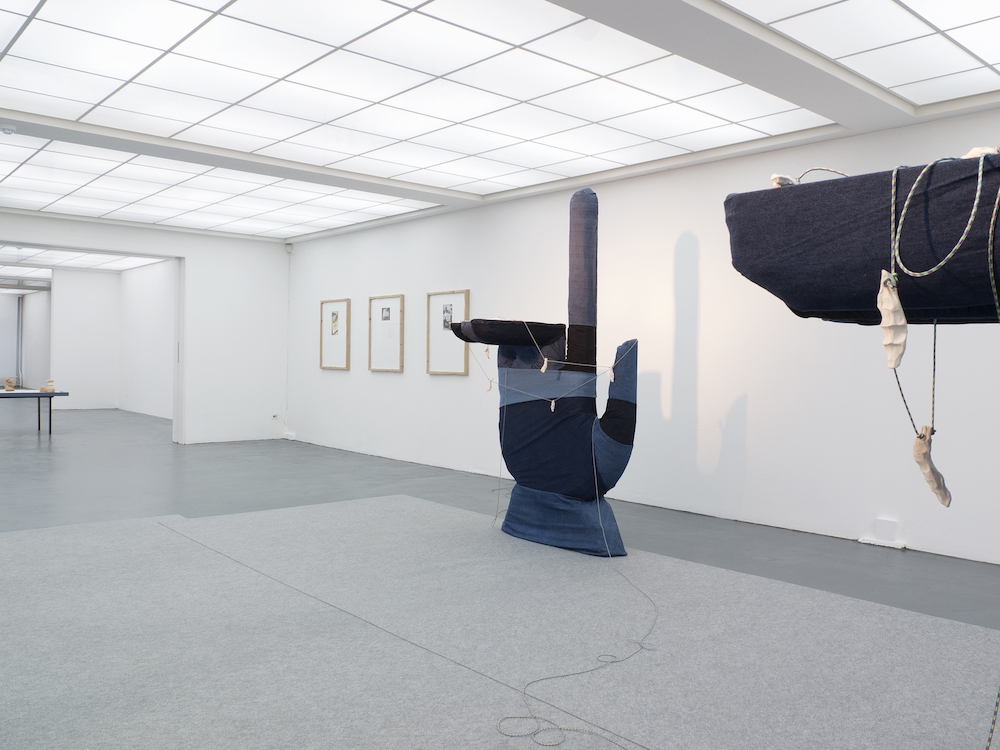
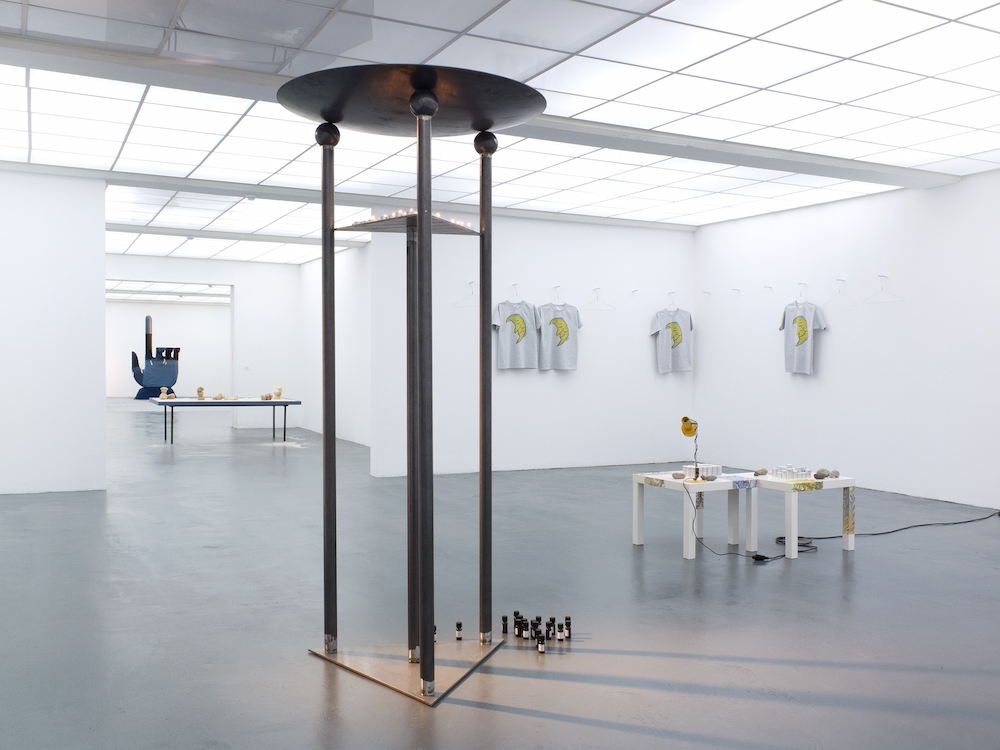
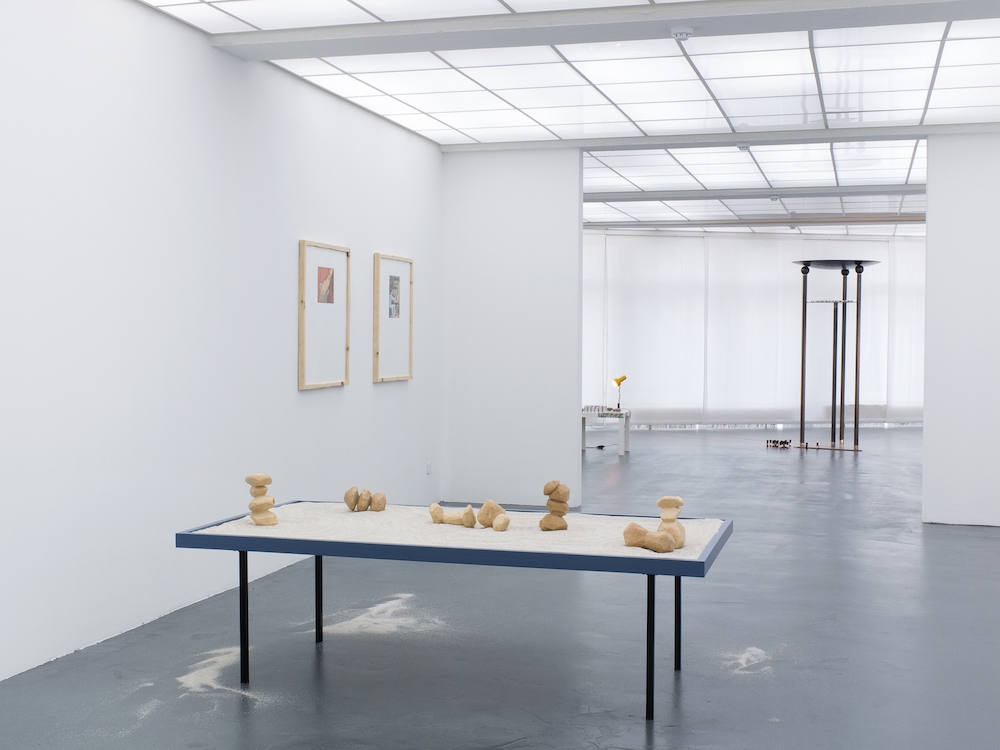
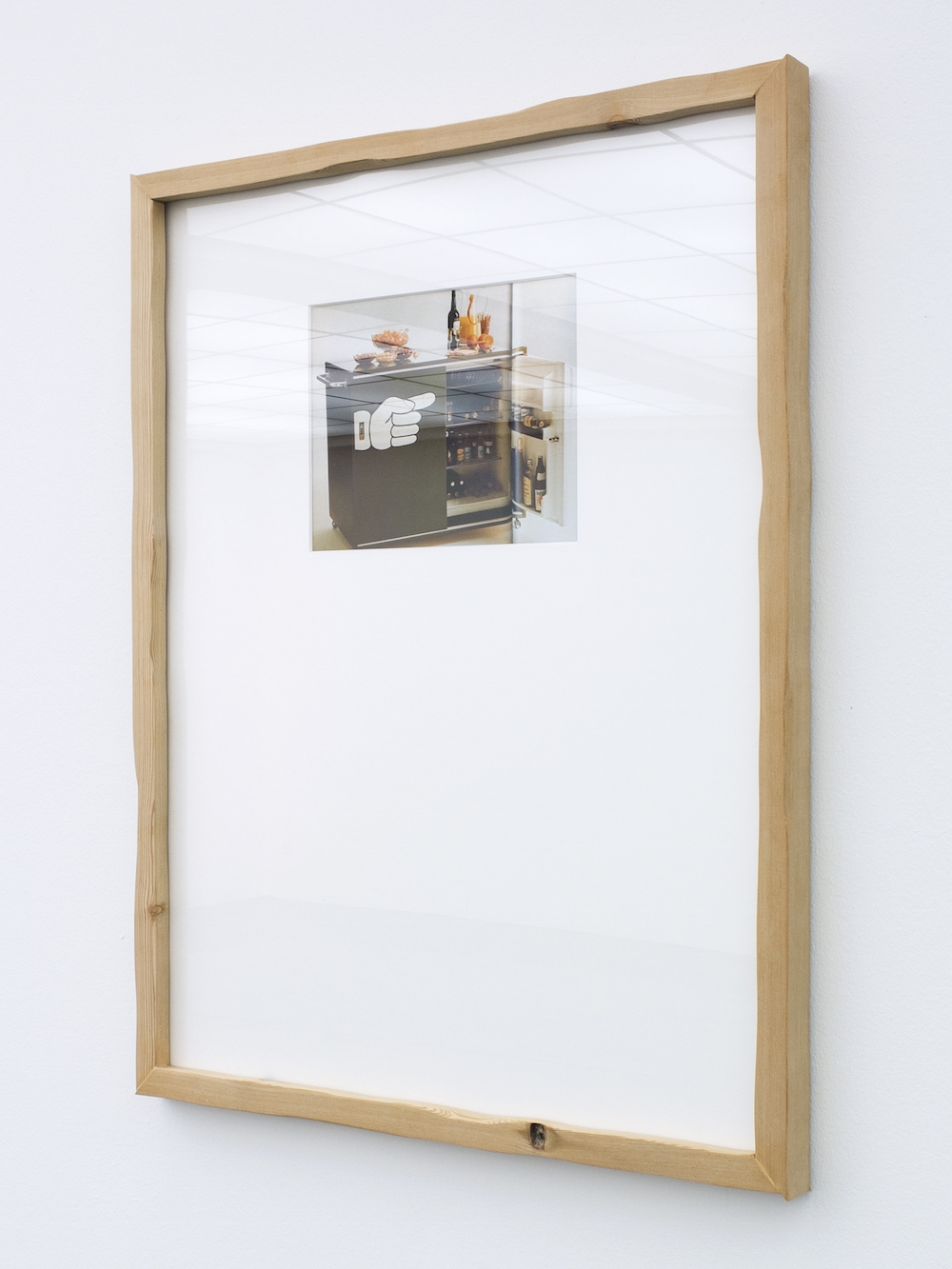
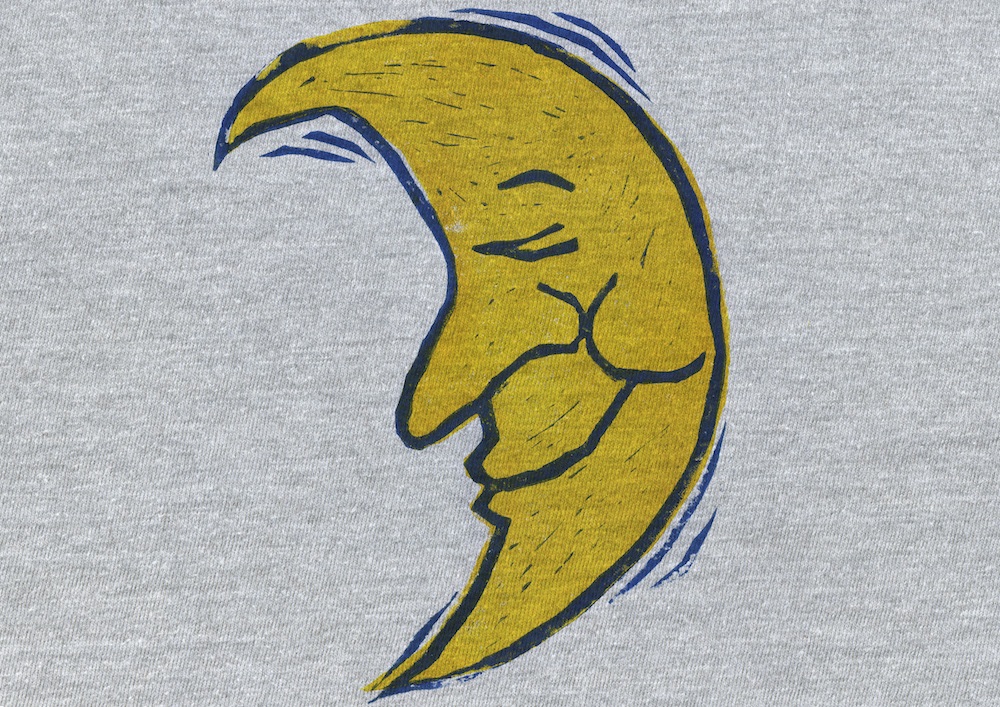
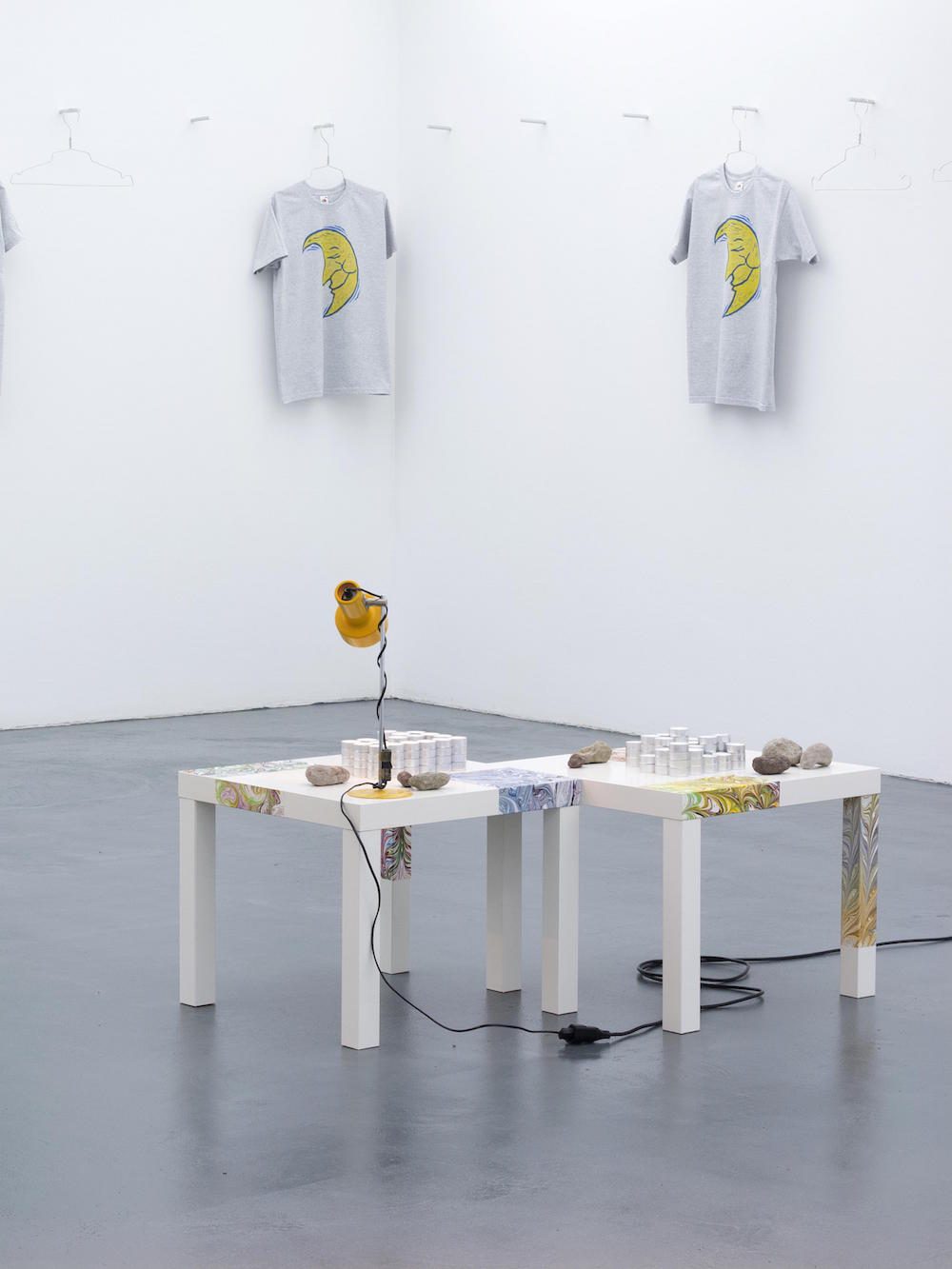
With the exhibition Guaud, the Kunsthaus Baselland presents the first institutional exhibition of Jan Kiefer (born 1979 in Trier, lives and works in Basel).
Jan Kiefer’s art is conceptual, yet unlike many conceptual art creations of the present his language is not characterised by minimal gestures and reduced forms, but by a direct and undisguised access to the respective topic. The artist smoothly combines the conceptual with the haptic and crafts many of his works himself. This direct working with the material corresponds to direct theoretical engagement, and a mutual influencing of the two areas is inherent in this work structure. Guaud is an exemplary demonstration of this.
The most important starting point for the exhibition is the exploration of the subject handicraft and manual work, which shaped everyday life in the 70s/80s, experienced equally esoteric and religious manifestations and generally was a part of the lifestyle. From handicrafts magazines of this time the artist took individual motifs, which, for example, show the construction of a wooden shelf and the modern, sociable housing, a self-woven pillow with sun motif, which contributes to the pleasure of bathing in one’s own pool or self-made jewellery that gives the elegant gown the finishing touch. Kiefer puts these specific pictures, whose origin is difficult to trace, in frames that are clearly recognisable as self-carved pinewood from Bergün. The Romansh word for “forest” is “Guaud” or “God” in the specific Bergün dialect, which in turn forms the title of the exhibition. The Swiss stone pine, which makes up a large part of the upper Engadine forest, is considered a tough tree that can withstand the rough altitudes around 2500 metres and freezing temperatures. Diverse uses are also attributed to the Swiss stone pine: it is fuel and a resource supply and is used for its resistance in avalanche control, and its distillates are used both as a love and sleep potion as well as for the expulsion of evil. The latter feature is taken up by a large-format work by Kiefer, reminiscent of an incense burner or an altar object, whereby the essential oil of the pinewood is meant to olfactorily transform the exhibition into a feel-good place. A small edition of T-shirts, which are presented in the exhibition on self-made cloth hangers, shows a crescent moon created by linocut. Here, as in other works, Kiefer refers back to the so-called “moon wood”, which when felled during the waning moon is said to be particularly resistant and fireproof. The wood designated as “(God) moon wood” is specially labelled. In these works time and again Jan Kiefer connects etymological associations with the historical importance of handicraft and responds to them with his own artisanal answer. At the same time he questions contemporary attitudes to handicraft and its relationship to contemporary art.
Another picture from a handicraft magazine became the starting point for a large-format sculpture, which shows two hands that are reminiscent of the Buddha’s hands in their gestures, covered with various patchworks of denim fabrics. The two related sculptures in turn obtain — in the sense of a usable work of art — the function of serving as a presentation and exhibition space. Jan Kiefer, who in previous works already sought direct references to the everyday and studied human characteristics and functioning or allowed the incorporation of biographical moments, works regularly with a staff of the creative workshop for people with physical and mental impairment of the Bürgerspital Basel. This person has squeezed single lumps of clay in such a way that the fist impressions remain visible in the soft material. Jan Kiefer was allowed to use for the show his small sculptures that are reminiscent of a very primitive form of human haptic creation. Bound with a climbing rope-type cord and placed on the two large hand sculptures, they evoke explorations of the topics craft, feel, utility object and work of art. In another collaboration, Jan Kiefer and Matthias Huber covered a small table with hand marbled paper. A second object in the exhibition, a sand-filled table, serves as a presentation platform for the so-called ‘palm stones’, but which, in contrast to the smooth surface usually perceived as pleasant, display the rough traces of their production with chisels, hand saw and blade.
Jan Kiefer’s works have a socio-political fundamental tone which naturally expresses itself just like the underlying humour. Their humorous way of dealing with serious issues and knowledge allows the recipient to find an easy entry, which however wants to be found.
Text by Sabine Schaschl